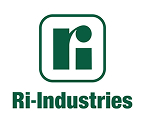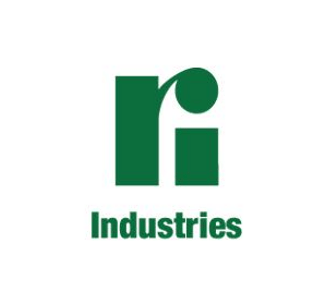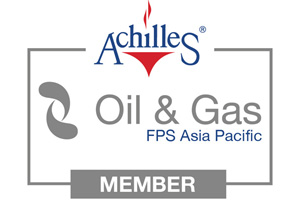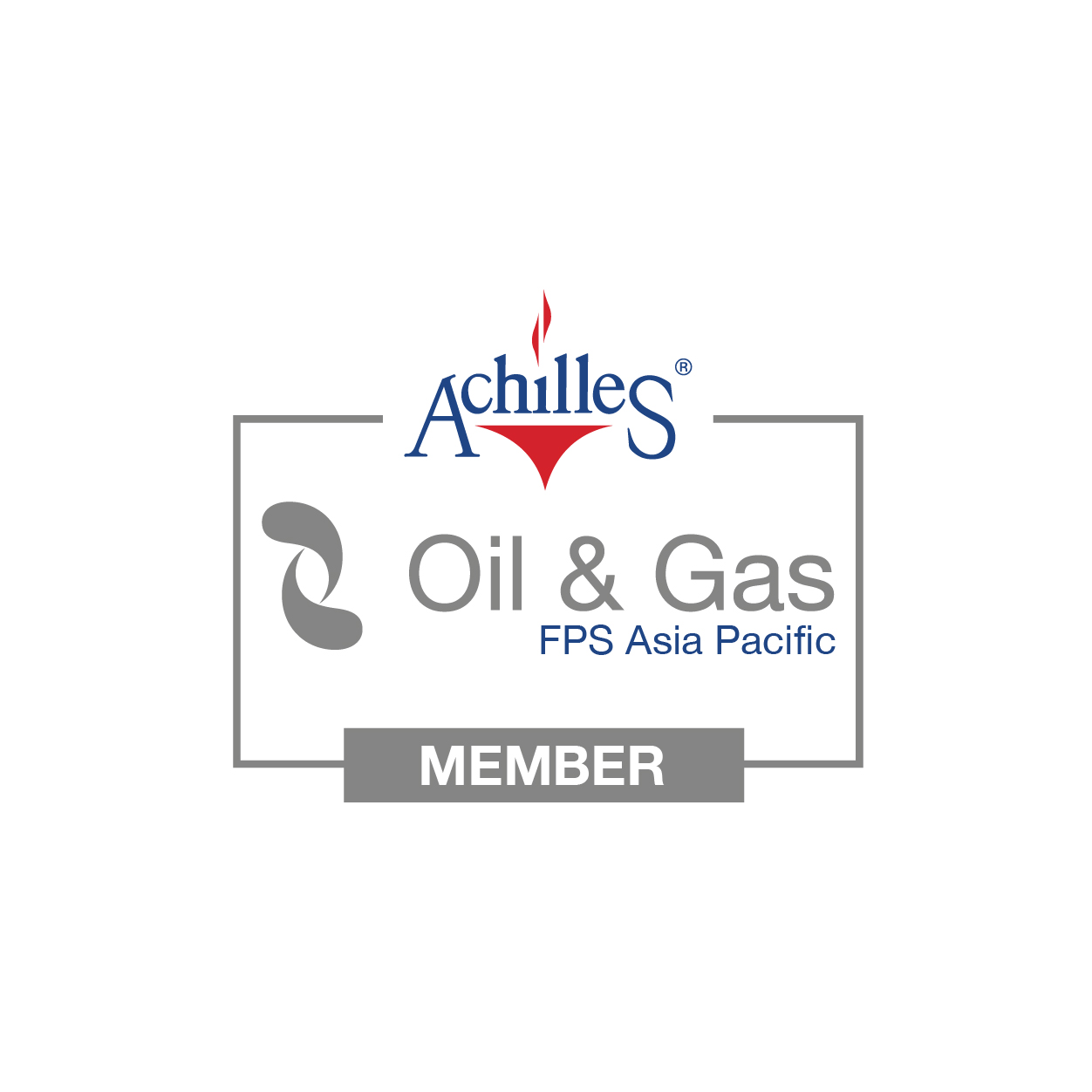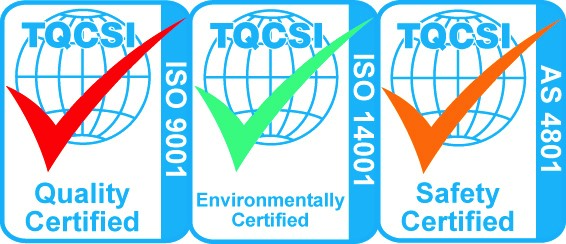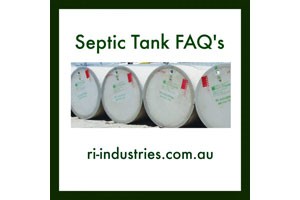When you think of Ri-Industries, do you think of storage? Do you think of bunkers? Probably not, but you could. You may already be familiar with our reputation in precast concrete tanks used for waste water treatment systems, septic systems, and rainwater tanks. Now you can get to know us for some other uses.
We wrote about some of the unique uses for our tanks a while ago. If you read that blog, you will see pictures of concrete tanks being used as a base of a sculpture and even as a plunge pool. It also talks about using the concrete tanks for shelter and storage. We thought now might be a good time to elaborate on these, as we are seeing an increasing trend amongst our South Australian customers for underground cellars and bunkers.
The political and environmental climates of the world have created a larger interest in underground storage and underground bunkers. We can custom design features to suit your requirements, just as we have done for a customer in the Tea Tree Gully area. He used one of our precast concrete tanks as an underground cellar. We custom-made a lid for the tank and the customer added a staircase for easy access. It’s been our experience that people living in the metro area tend to use the concrete tanks as an underground cellar, while residents of the Adelaide Hills tend to use the concrete tanks as storage to protect belongings from fire.
What might someone place in underground tank? Some items might be:
- Important documents
- Family heirlooms
- Clothing
- Cash, credit cards
- Food
- Blankets
- Camping equipment
- Computer hardware/software
- Wine
In bushfire prone areas, our customers really are thinking ahead by using underground concrete tanks as bunkers. What peace of mind you will have knowing that the documents you need to recover from a disaster are safe and accessible along with some clothing and cash to get you by. It is always so heartbreaking to see news footage of people coming back to their home destroyed by flood or fire and watch them sift through the wreckage trying to salvage precious family mementos. Concrete tanks really can help.
Please call us (08 8444 8100) to learn more about using precast concrete tanks for underground storage, cellars or bunkers. We look forward to hearing from you.
